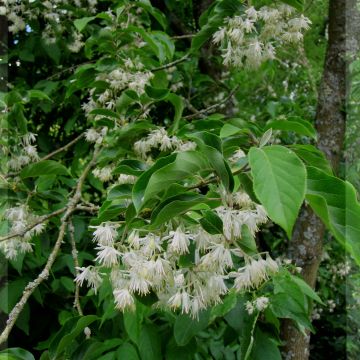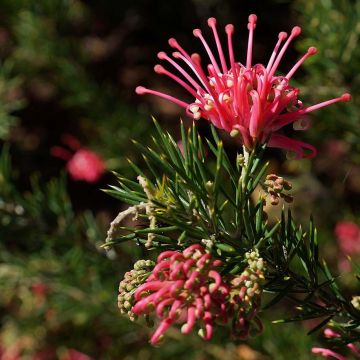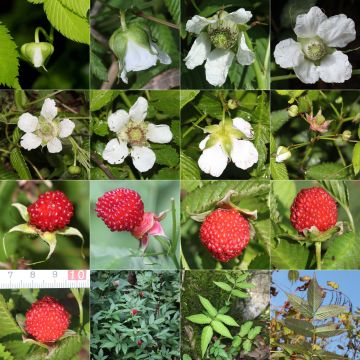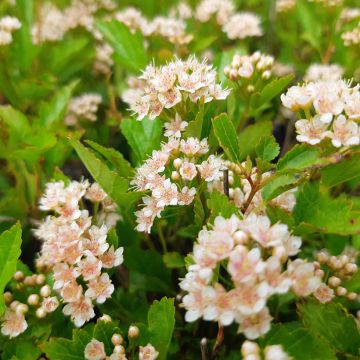

Sinojackia xylocarpa - Jaquier de Chine
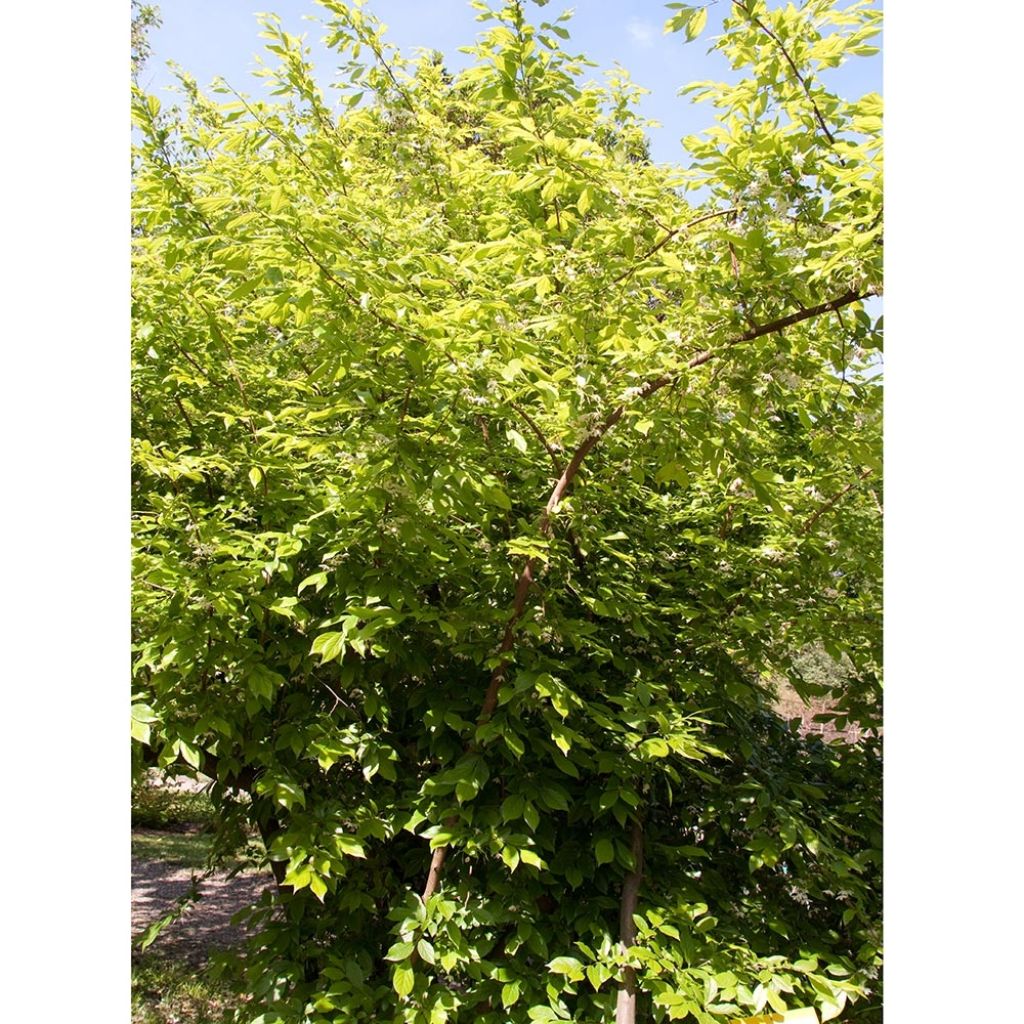

Sinojackia xylocarpa - Jaquier de Chine


Sinojackia xylocarpa - Jaquier de Chine
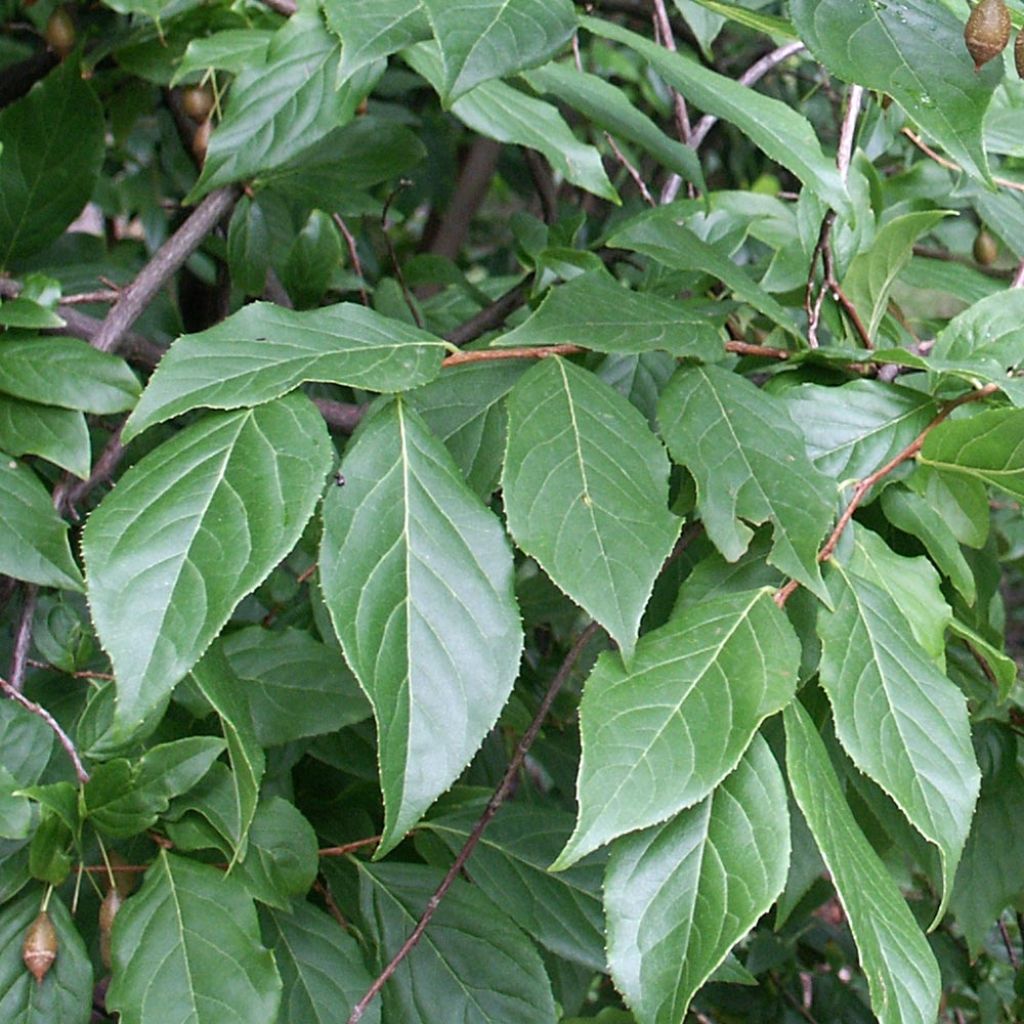

Sinojackia xylocarpa - Jaquier de Chine


Sinojackia xylocarpa - Jaquier de Chine
Sinojackia xylocarpa
Sinojackia xylocarpa
Chinese Jackfruit
Why not try an alternative variety in stock?
View all →This plant carries a 24 months recovery warranty
More information
We guarantee the quality of our plants for a full growing cycle, and will replace at our expense any plant that fails to recover under normal climatic and planting conditions.
From €5.90 for pickup delivery and €6.90 for home delivery
Express home delivery from €8.90.
Does this plant fit my garden?
Set up your Plantfit profile →
Description
The Sinojackia xylocarpa is a charming small tree that has become rare in its native lands and deserves to find its way into our gardens, just like its cousin, the Styrax. It is attractive with its slightly passive habit. Its delicate spring flowering comprises tiny clusters of beautiful white flowers. It has pleasant, tender green foliage and beautiful autumn colours. Preferring relatively humid climates, not too intense sunlight, and light soils with a tendency towards acidity, this authentic border bush is ideal for milder areas. It is deserving of a prime location in all gardens.
Native to the Chinese region of Jiangsu, found on the edge of forests between 500 and 800 metres (1640 and 2625 feet) above sea level, this large deciduous shrub belongs to the family of Styracaceae, a botanical family composed of trees and shrubs with aromatic resin. It prefers shade and fresh, humus-rich, non-limestone soil. It is sensitive to dry and cold winds when young. Still, the Sinojackia xylocarpa can withstand temperatures as low as -20°C (1°F) once well-established.
With slow growth, the Chinese Jackfruit will reach an average height of 5m (16ft) with a width of 3m, sometimes more, depending on the growing conditions. Its habit is bushy and spreading, supported by initially upright branches and then slightly trailing. Its branches are downy, grey-brown to reddish-brown in colour. The deciduous foliage falls in late autumn. It is composed of two types of simple leaves. On the branches that bear flowers, they are small, measuring 2 to 5 cm (1 to 2in) long and 1.5 to 2 cm (1in) wide and oval in shape. On other parts of the plant, they are elliptical in shape, with dentate edges, longer and larger: each leaf measures 3 to 9 cm (1 to 4in) long and 2 to 5 cm (1 to 2in) wide. They are glossy, very bright green, but with lighter veins and often take on red hues in autumn before falling. Flowering occurs in April-May, depending on the area. It takes the form of small clusters of 4 to 5 flowers hanging from a peduncle under the branches in the axils of the leaves. They are like tiny white bells with a diameter of 2 to 2.5 cm (1in), usually with 6 petals surrounding a heart of yellow stamens from which a long white pistil emerges, measuring 8 mm (1in) long. The flowering, visited by pollinating insects, gives way to ovoid and dry fruits sought by birds and rodents.
To grow this Chinese jackfruit successfully, give it a few hours of sunlight, but avoid the hottest hours of the day. They like the environments that appeal to Asian Styrax, hydrangeas, and flowering dogwoods. Relatively adaptable, this beautiful shrub will not thrive in hot and/or dry climates in summer. Plant it in a flower bed, near a pathway, or not far from the house to enjoy its graceful flowering and autumn colours. The refinement of the Sinojackia xylocarpa perfectly matches the beautiful vegetation of non-invasive Fargesia bamboo or the delicacy of Japanese maple trees. Japanese grasses (Hakonechloa) or liriopes are perfect to adorn their base.
Report an error about the product description
Sinojackia xylocarpa in pictures




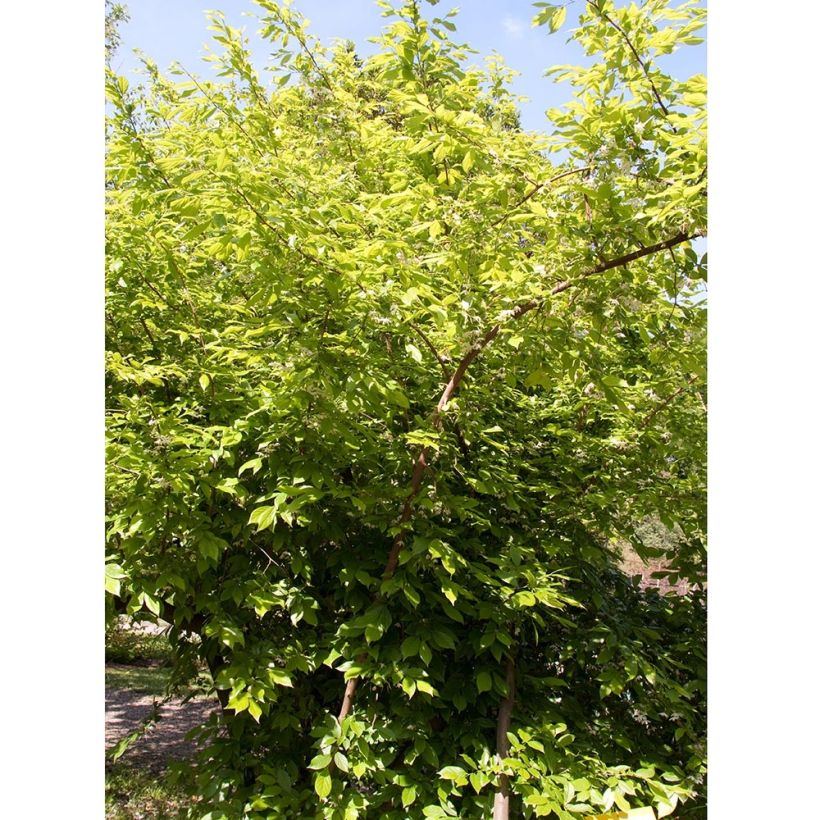



Plant habit
Flowering
Foliage
Botanical data
Sinojackia
xylocarpa
Styracaceae
Chinese Jackfruit
China
Other Styrax
Planting and care
When planting Chinese Jackfruit, it's best to do so in spring or autumn and an area with partial shade or sunlight. Avoid planting in the hottest areas of the garden. This bush prefers acidic, humus-rich, fresh, rich, and light soils, similar to the Asian styrax, flowering dogwoods, hydrangeas, Pieris, and camellias. Choose a location that is sheltered from the wind. Once the plant is well established, it can withstand temperatures as low as -20°C (1°F), but it doesn't do well in soil that contains limestone or in dry or hot summers. This plant is particularly suitable for coastal areas. Pruning isn't necessary, but removing dead wood or branches that interfere with the bush's growth habit is recommended.
Planting period
Intended location
Care
This item has not been reviewed yet - be the first to leave a review about it.
Summer-flowering shrubs
Haven't found what you were looking for?
Hardiness is the lowest winter temperature a plant can endure without suffering serious damage or even dying. However, hardiness is affected by location (a sheltered area, such as a patio), protection (winter cover) and soil type (hardiness is improved by well-drained soil).

Photo Sharing Terms & Conditions
In order to encourage gardeners to interact and share their experiences, Promesse de fleurs offers various media enabling content to be uploaded onto its Site - in particular via the ‘Photo sharing’ module.
The User agrees to refrain from:
- Posting any content that is illegal, prejudicial, insulting, racist, inciteful to hatred, revisionist, contrary to public decency, that infringes on privacy or on the privacy rights of third parties, in particular the publicity rights of persons and goods, intellectual property rights, or the right to privacy.
- Submitting content on behalf of a third party;
- Impersonate the identity of a third party and/or publish any personal information about a third party;
In general, the User undertakes to refrain from any unethical behaviour.
All Content (in particular text, comments, files, images, photos, videos, creative works, etc.), which may be subject to property or intellectual property rights, image or other private rights, shall remain the property of the User, subject to the limited rights granted by the terms of the licence granted by Promesse de fleurs as stated below. Users are at liberty to publish or not to publish such Content on the Site, notably via the ‘Photo Sharing’ facility, and accept that this Content shall be made public and freely accessible, notably on the Internet.
Users further acknowledge, undertake to have ,and guarantee that they hold all necessary rights and permissions to publish such material on the Site, in particular with regard to the legislation in force pertaining to any privacy, property, intellectual property, image, or contractual rights, or rights of any other nature. By publishing such Content on the Site, Users acknowledge accepting full liability as publishers of the Content within the meaning of the law, and grant Promesse de fleurs, free of charge, an inclusive, worldwide licence for the said Content for the entire duration of its publication, including all reproduction, representation, up/downloading, displaying, performing, transmission, and storage rights.
Users also grant permission for their name to be linked to the Content and accept that this link may not always be made available.
By engaging in posting material, Users consent to their Content becoming automatically accessible on the Internet, in particular on other sites and/or blogs and/or web pages of the Promesse de fleurs site, including in particular social pages and the Promesse de fleurs catalogue.
Users may secure the removal of entrusted content free of charge by issuing a simple request via our contact form.
The flowering period indicated on our website applies to countries and regions located in USDA zone 8 (France, the United Kingdom, Ireland, the Netherlands, etc.)
It will vary according to where you live:
- In zones 9 to 10 (Italy, Spain, Greece, etc.), flowering will occur about 2 to 4 weeks earlier.
- In zones 6 to 7 (Germany, Poland, Slovenia, and lower mountainous regions), flowering will be delayed by 2 to 3 weeks.
- In zone 5 (Central Europe, Scandinavia), blooming will be delayed by 3 to 5 weeks.
In temperate climates, pruning of spring-flowering shrubs (forsythia, spireas, etc.) should be done just after flowering.
Pruning of summer-flowering shrubs (Indian Lilac, Perovskia, etc.) can be done in winter or spring.
In cold regions as well as with frost-sensitive plants, avoid pruning too early when severe frosts may still occur.
The planting period indicated on our website applies to countries and regions located in USDA zone 8 (France, United Kingdom, Ireland, Netherlands).
It will vary according to where you live:
- In Mediterranean zones (Marseille, Madrid, Milan, etc.), autumn and winter are the best planting periods.
- In continental zones (Strasbourg, Munich, Vienna, etc.), delay planting by 2 to 3 weeks in spring and bring it forward by 2 to 4 weeks in autumn.
- In mountainous regions (the Alps, Pyrenees, Carpathians, etc.), it is best to plant in late spring (May-June) or late summer (August-September).
The harvesting period indicated on our website applies to countries and regions in USDA zone 8 (France, England, Ireland, the Netherlands).
In colder areas (Scandinavia, Poland, Austria...) fruit and vegetable harvests are likely to be delayed by 3-4 weeks.
In warmer areas (Italy, Spain, Greece, etc.), harvesting will probably take place earlier, depending on weather conditions.
The sowing periods indicated on our website apply to countries and regions within USDA Zone 8 (France, UK, Ireland, Netherlands).
In colder areas (Scandinavia, Poland, Austria...), delay any outdoor sowing by 3-4 weeks, or sow under glass.
In warmer climes (Italy, Spain, Greece, etc.), bring outdoor sowing forward by a few weeks.





































